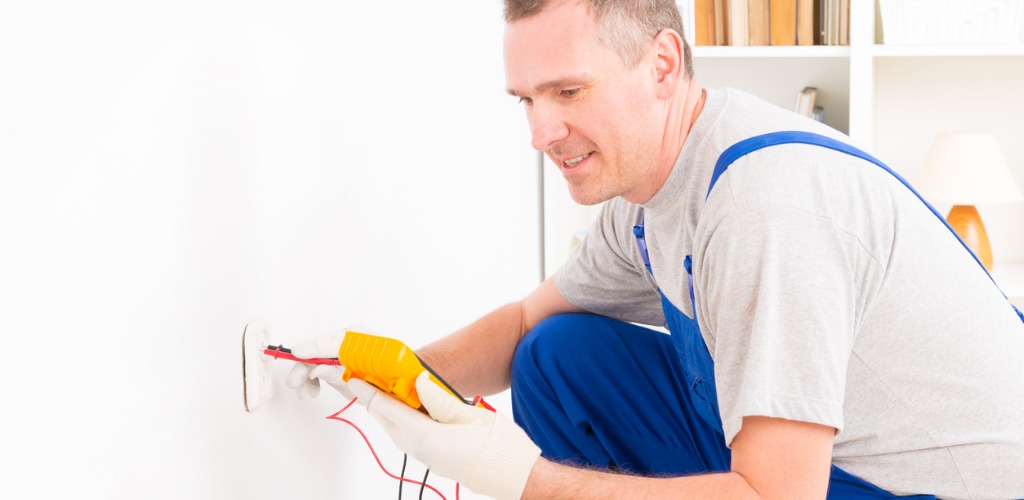What You Should Know About Electricity Safety?
Electricity is all around us all the time. It’s an invisible power source that both makes the world easier to live in and more dangerous.
Oftentimes, we’re so used to electricity that we forget what a danger it can be, which is clear from the statistics. The National Institutes of Health (NIH) reports that every year around 1,000 people die from electrical-related injuries. Only 50-300 of those deaths are from lightning strikes. All the others deaths, and around 30,000 shock injuries, are from manmade electrical sources.
At Verde Energy, we care about the well-being of our planet, but we care about the safety of our customers even more. This article was created to help you learn about the potential risks associated with electricity and things that every person should do to protect themselves against serious injury.
Types of Injuries Caused by Electricity
It turns out electricity can cause a variety of injuries that range from deadly to a few seconds of discomfort. Medical professionals have specified four types of electrical-related injuries:
Lightning Injuries
As already noted, lightning is a natural occurrence that doesn’t cause the majority of electrical-related deaths, but it does account for a significant portion. Being struck by lightning only lasts a second but the voltage is so high it typically leads to death.
Flash Injuries
Flash injuries happen if there’s an arc flash. Since the electricity doesn’t go through a person, flash injuries are usually limited to superficial burns.
Flame Injuries
Flame injuries are also caused by an arc flash, but the flash starts a fire that can cause more significant burn injuries. Electricity may also pass through the skin with a larger arc flash.
True Electrical Injuries
When an electrical current passes through someone and they become part of the circuit it’s considered a true electrical injury.
Electrocution, shock, and burns are the most common injuries associated with electricity no matter how the injury occurred. The severity of the injury depends on how high the voltage is, the length of exposure, and the size of the person.
Electrical Safety Tips at Home
Many electrical-related injuries and deaths occur on the job when a person is working with electricity, electrical equipment, or power lines. But unfortunately, when an injury happens at home it’s more likely to be a child. About 20% of electricity injuries happen to children, and almost all of those injuries occur in the child’s home.
Nearly all electrical injuries are accidental, which means most are preventable. Following the best practices and tips below will protect everyone in your household regardless of their age.
Get a C, BC, or ABC Classified Fire Extinguisher
Fire is one of the greatest dangers associated with electricity. There are different types of fire extinguishers for different types of fires. The type of extinguisher that’s needed for electrical fires has a C classification. An ABC extinguisher covers live electrical fires as well as standard combustible fires caused by things like wood and paper (Classification A) and grease or oil fires (Classification B).
What’s most important to know is that only two extinguisher solutions can safely put out an electrical fire. Those are dry powder extinguishers and CO2 extinguishers.
Place Fire Extinguishers Strategically Around the House
Once you have your fire extinguishers they need to be easily accessible and placed where they are most likely to be needed. At the very least you want to put an ABC-rated extinguisher in the kitchen and an ABC, BC, or C extinguisher in the garage.
Keep Electrical Cords Out of Sight
In addition to being a trip hazard, electrical cords cause many electricity-related injuries. One of the most common is a low-voltage shock when a child bites on a cord. Typically, injuries connected to electrical cords aren’t serious, but they are still dangerous. Take the time to tuck cords out of the way so that they aren’t easily visible or in the way.
Never Use Damaged Electrical Appliances or Equipment
If an electrical appliance or piece of equipment is damaged never use it or you risk serious injury. Even a frayed cord or loose connection can ignite a fire or shock someone. Never attempt to fix the item yourself unless you’re qualified to do so. Many adults who are injured at home were working on appliances or equipment at the time.
Invest in Electrical Safety Equipment
There are devices and equipment that can help minimize the risk of using electricity around your home. At the very least you’ll want to install GFCI outlets in the kitchens and bathrooms. GFCI outlets prevent ground faults caused by water. You’ll then want to make sure there are grounded outlets everywhere else. A grounded outlet helps reduce the risk of shock. Next, take a look at your breaker box. An AFCI breaker helps prevent arc faults that can cause fires.
As a Verde Energy customer, you’ll get even more electrical safety advice and electricity that helps protect the environment. See if green energy plans from Verde are available in your neighborhood!



